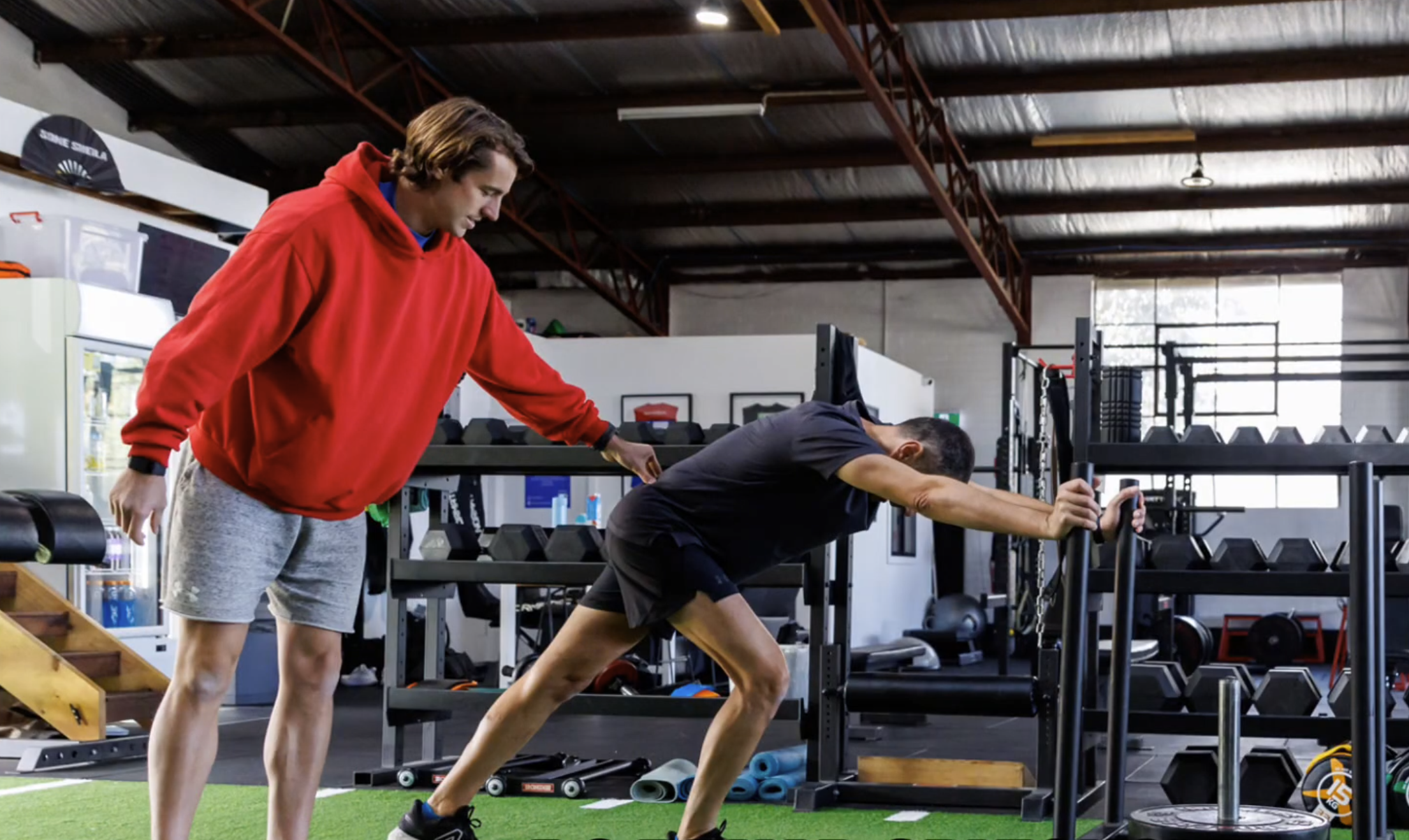- Remove the current class from the content27_link item as Webflows native current state will automatically be applied.
- To add interactions which automatically expand and collapse sections in the table of contents select the content27_h-trigger element, add an element trigger and select Mouse click (tap)
- For the 1st click select the custom animation Content 27 table of contents [Expand] and for the 2nd click select the custom animation Content 27 table of contents [Collapse].
- In the Trigger Settings, deselect all checkboxes other than Desktop and above. This disables the interaction on tablet and below to prevent bugs when scrolling.
From Crutches to 30km: A Parkinson’s Patient’s Remarkable Journey
When The Speed Project’s Exercise Physiologist Hugh Mason first met his patient living with Parkinson’s disease, he couldn’t walk without crutches. Today, just two years later, he’s preparing to run his first full marathon.
This isn’t just a story of perseverance. It’s a story of how cutting-edge biomechanics analysis tools like VueMotion are helping track progress with precision, and enable smarter, safer training for individuals with neurodegenerative conditions.
Objective Progress Tracking in Parkinson’s Rehabilitation
Parkinson’s disease is progressive by nature, which makes accurate monitoring critical. That’s where VueMotion comes in.
“We use VueMotion every second month to observe progress,” says Mason. “It gives us objective data—so we’re not guessing if he’s improving or regressing.”
Using VueMotion’s AI-powered gait and running analysis, Hugh and his team track key metrics such as:
- Stride frequency
- Ground contact time
- Stride length
- Force output and asymmetries
These biomechanical markers provide clear, actionable insights that traditional rehab methods simply can’t capture.
Challenging Conventional Rehab with Big Goals
While most would be content with regaining the ability to walk, this patient set his sights much higher: complete a marathon.
“He’s already run 30km multiple times. In two weeks, we’ll hit 35km. He’s just four months out from race day,” says Mason.
VueMotion enables this kind of bold ambition by providing real-time feedback and precise measurement, ensuring each step of the journey is aligned with his body’s capabilities.
The Future: Sprinting as Neurotherapy?
Looking beyond the marathon, Mason is exploring speed-based goals for neurological benefit.
“Sprinting is very nervous-system driven. There’s research around dancing and coordination, but I believe sprinting could be incredibly powerful for slowing the disease’s progression.”
VueMotion will be central to this next phase, helping refine technique and optimize neuromuscular training through data-informed cueing and drills.
Revolutionizing Movement Rehab with VueMotion
Whether it’s athletes chasing performance gains or patients fighting disease, VueMotion provides the same level of biomechanical precision without the need for a lab and expensive equipment.
Just smart, portable movement analysis that empowers progress.
Interested in using VueMotion in neuro or musculoskeletal rehab? 👉 Get in touch to see how our AI-driven platform is helping health professionals push boundaries with confidence.

